Dow Chemical Concocts a Stable Formula
The chemical giant pursues a business mix designed to produce steady earnings through partnerships.
Dow Chemical has been a lot more willing to partner with other companies lately. Why? Rising commodity costs.
The Midland, Mich.-based company says the cost of feedstock -- the materials used to make its chemicals -- soared 31% in the fourth quarter of 2007 from the same period a year ago. The $1.7-billion increase, according to Dow, is the largest year-over-year spike in energy and feedstock costs in company history.
To cut costs, Dow inked a joint venture in July to convert abundant Brazilian sugar cane into polyethylene, a polymer used to make grocery bags, shampoo bottles and children's toys.
From just $107.88 $24.99 for Kiplinger Personal Finance
Become a smarter, better informed investor. Subscribe from just $107.88 $24.99, plus get up to 4 Special Issues

Sign up for Kiplinger’s Free Newsletters
Profit and prosper with the best of expert advice on investing, taxes, retirement, personal finance and more - straight to your e-mail.
Profit and prosper with the best of expert advice - straight to your e-mail.
Dow partnered in May with Saudi Aramco, Saudi Arabia's state-owned oil company, to construct and operate a large petrochemical plant built next to a huge Saudi oil refinery. Under the deal, the plant will receive a cheap supply of oil and byproducts from its next-door neighbor. Dow also is negotiating with OAO Gazprom, Russia's state-owned gas monopoly, to form a similar joint venture in Eastern Europe.
These partnerships ensure that Dow will have a reliable, cost-effective supply of feedstock, and they reduce the company's exposure to volatile commodity prices, says Hilliard Lyons analyst Stephen O'Neil.
Dow's partnerships extend beyond chemicals to agriculture. The company joined with Monsanto to combine genetically engineered traits -- such as herbicide tolerance and insect resistance -- into one corn hybrid Farmers buy hybrid seed because it produces more corn per acre and allows them to use less herbicide.
The deal could add significant revenue to Dow's agricultural-sciences division, O'Neil says. Sales at the ag unit made up 7% of the $53.5 billion revenue that Dow posted in 2007. Genetically modified corn sales also could get a boost if the U.S. wins a fight over the European Union's ban on biotech crops in upcoming arbitration at the World Trade Organization.
In the latest of its recent string of partnerships, the company plans to form a joint venture with Petrochemical Industries, a subsidiary of Kuwait's state-owned oil company, to produce plastics. If all goes well, Dow could receive $9.5 billion from its share of the venture by the end of 2008.
The question, though, is how Dow plans to spend the money: Does the company use the cash infusion to buy competitors or to increase dividends and share buybacks?
On January 29, Dow chief executive Andrew Liveris told investors that the company would pursue acquisitions in high-profit-margin businesses focused in health, energy, infrastructure and technology. The deals, he said, could add to Dow's earnings within two years. If no such deals are struck, Dow will buy back shares, Liveris added.
Dow's profits are cyclical. As with previous downturns, company earnings will fall then stabilize at a lower level before rebounding in the next cycle. But the joint ventures will help limit earnings declines, O'Neil says, because they reduce Dow's direct exposure to high commodity costs. O'Neil forecasts Dow's earnings per share could settle between $2 per share and $3 per share at the bottom of the current cycle.
Dow says it wants to keep earnings above $3 per share at the bottom. O'Neil estimates a modest increase in revenue this year and pegs earnings per share at $3.50, down from earnings of $3.76 per share in 2007 if you exclude one-time costs.
Dow stock (symbol DOW) has fizzled like a vinegar-and-baking-soda volcano. The shares, which rose 1.5% on February 8, to $38.50, are down 17% over the past three years. The stock trades at 11 times the $3.50 per share analysts that expect the company to earn this year. That compares with a price-earnings ratio of 14 for Dow rival DuPont (DD). Dow boosted its dividend 12% in 2007, and the stock yields 4.4%.
O'Neil says Dow's Kuwait venture and the resulting $9.5 billion payment will be a catalyst to lift the stock. He rates the shares a "buy" and has a 12-month target price of $45.
Profit and prosper with the best of Kiplinger's advice on investing, taxes, retirement, personal finance and much more. Delivered daily. Enter your email in the box and click Sign Me Up.
-
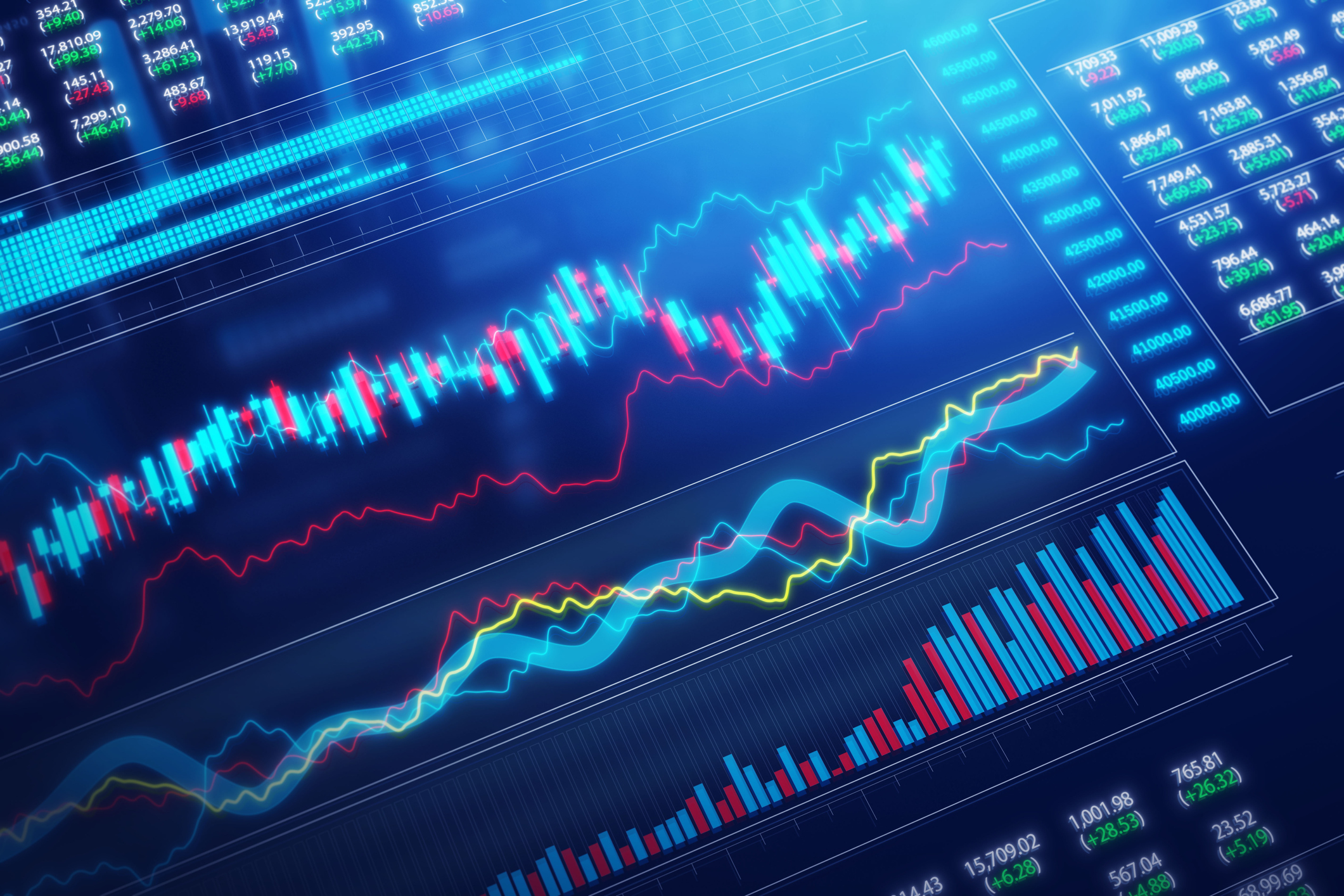 Nasdaq Leads as Tech Stages Late-Week Comeback: Stock Market Today
Nasdaq Leads as Tech Stages Late-Week Comeback: Stock Market TodayOracle stock boosted the tech sector on Friday after the company became co-owner of TikTok's U.S. operations.
-
 Disney’s Risky Acceptance of AI Videos
Disney’s Risky Acceptance of AI VideosThe Kiplinger Letter Disney will let fans run wild with AI-generated videos of its top characters. The move highlights the uneasy partnership between AI companies and Hollywood.
-
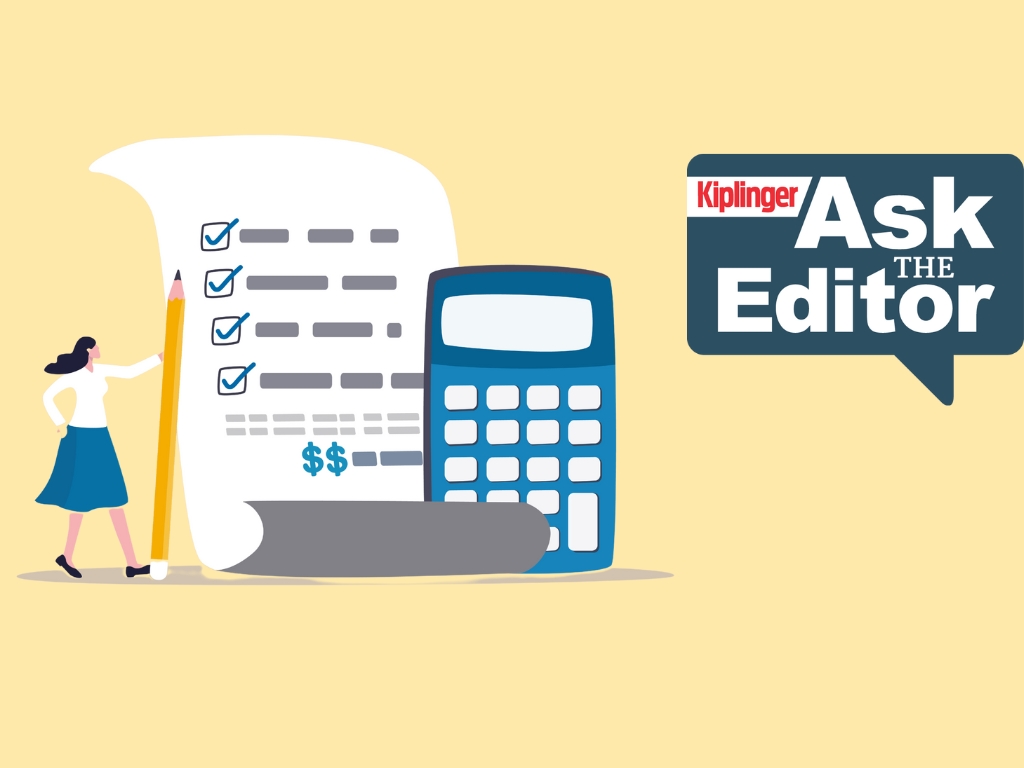 Ask the Editor: Itemized Deductions
Ask the Editor: Itemized DeductionsAsk the Editor In this week's Ask the Editor Q&A, Joy Taylor answers questions on itemized deductions claimed on Schedule A of Form 1040
-
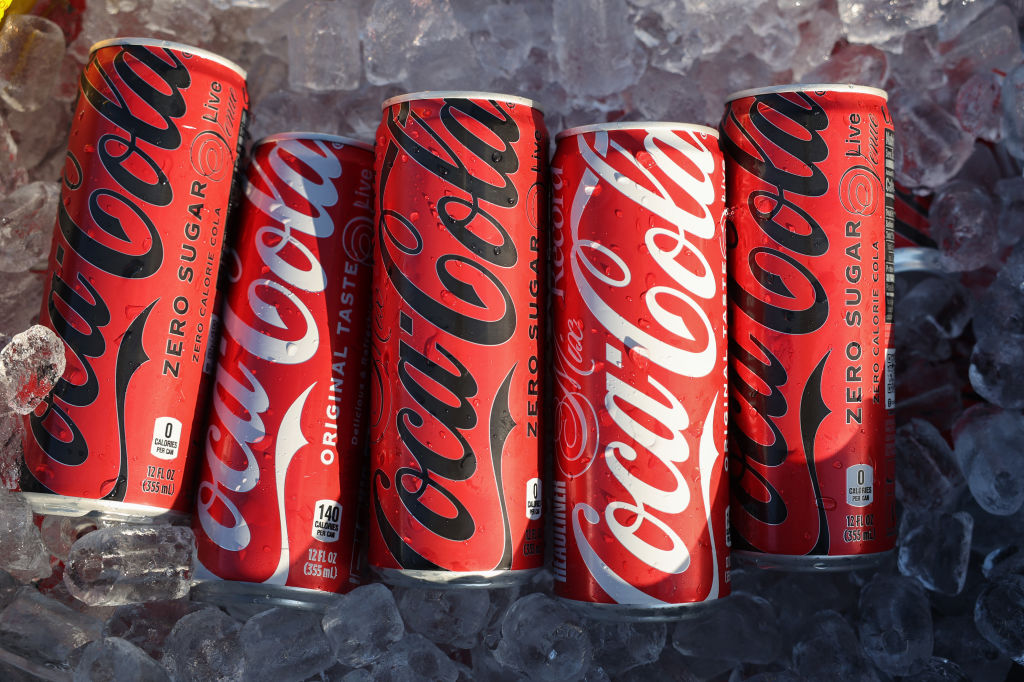 If You'd Put $1,000 Into Coca-Cola Stock 20 Years Ago, Here's What You'd Have Today
If You'd Put $1,000 Into Coca-Cola Stock 20 Years Ago, Here's What You'd Have TodayEven with its reliable dividend growth and generous stock buybacks, Coca-Cola has underperformed the broad market in the long term.
-
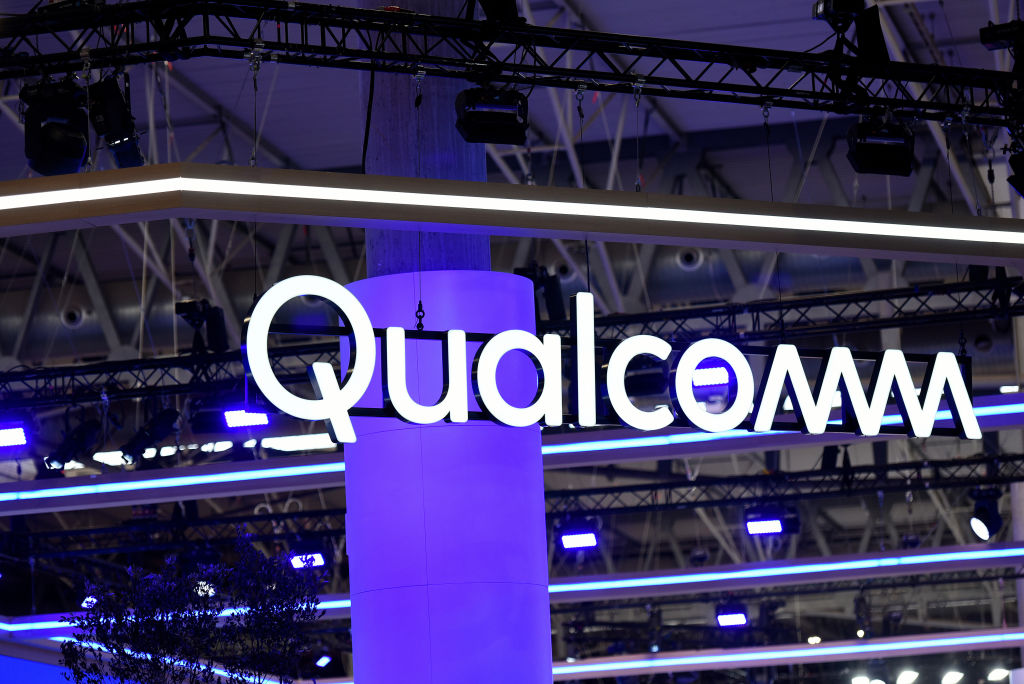 If You Put $1,000 into Qualcomm Stock 20 Years Ago, Here's What You Would Have Today
If You Put $1,000 into Qualcomm Stock 20 Years Ago, Here's What You Would Have TodayQualcomm stock has been a big disappointment for truly long-term investors.
-
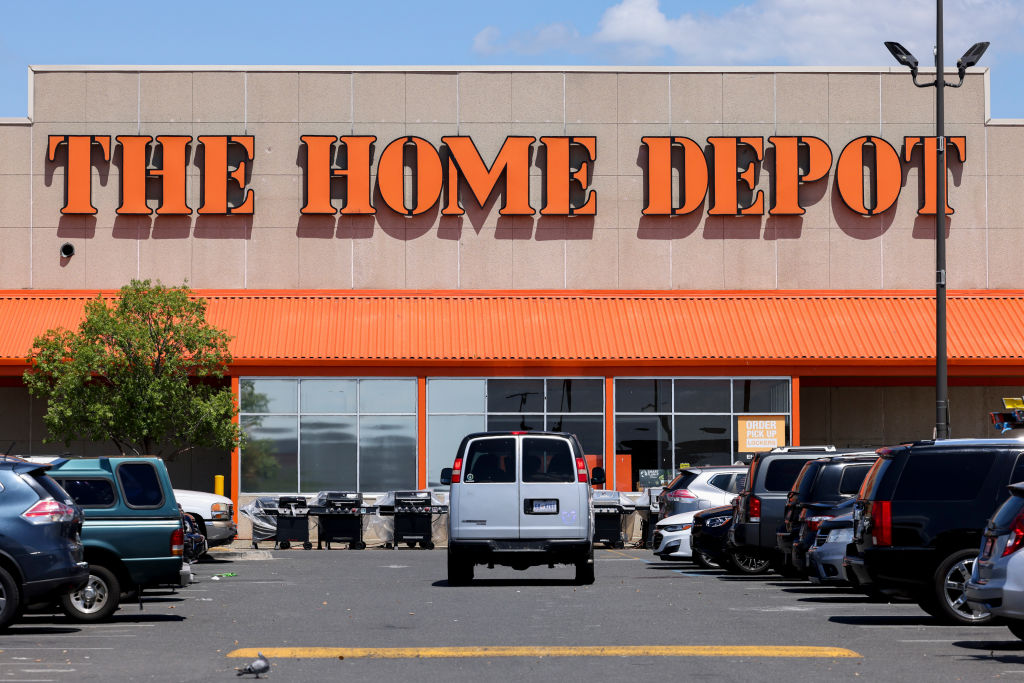 If You'd Put $1,000 Into Home Depot Stock 20 Years Ago, Here's What You'd Have Today
If You'd Put $1,000 Into Home Depot Stock 20 Years Ago, Here's What You'd Have TodayHome Depot stock has been a buy-and-hold banger for truly long-term investors.
-
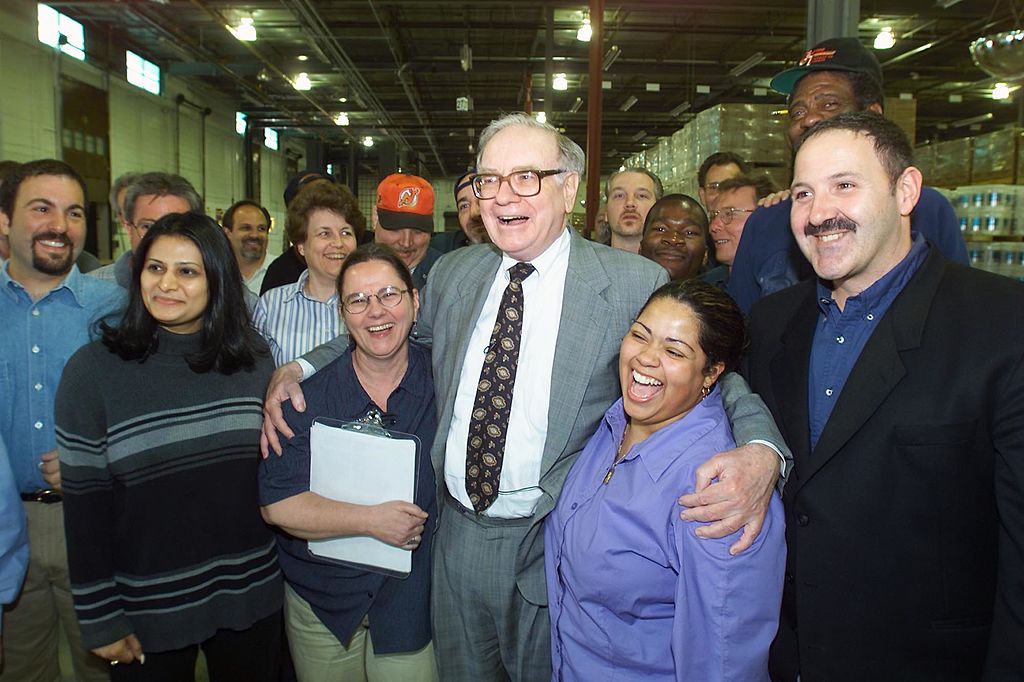 What the Rich Know About Investing That You Don't
What the Rich Know About Investing That You Don'tPeople like Warren Buffett become people like Warren Buffett by following basic rules and being disciplined. Here's how to accumulate real wealth.
-
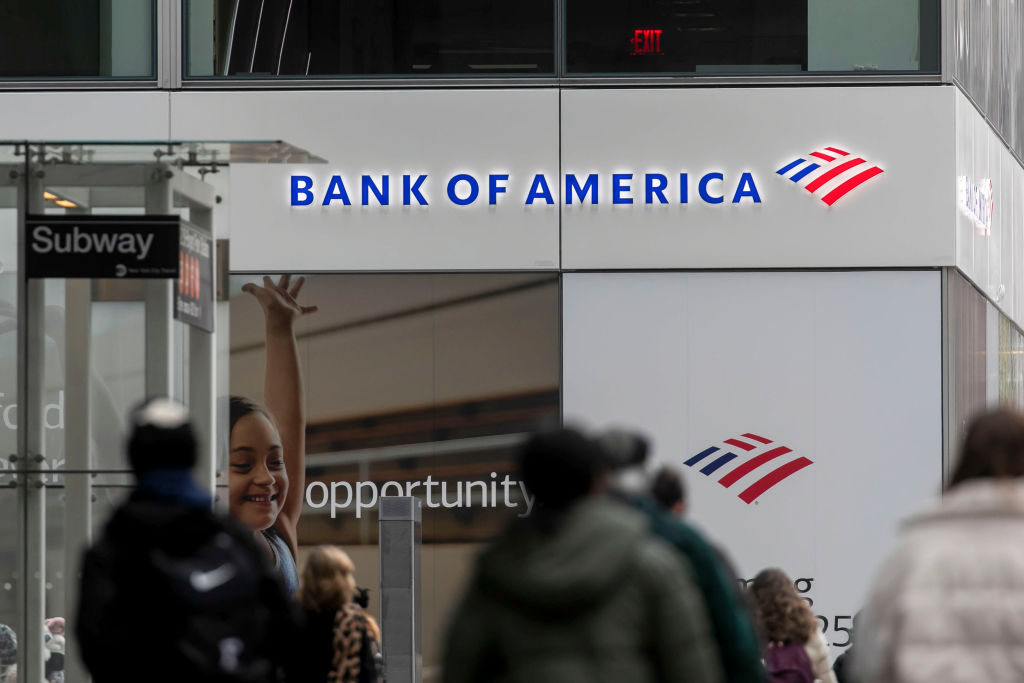 If You'd Put $1,000 Into Bank of America Stock 20 Years Ago, Here's What You'd Have Today
If You'd Put $1,000 Into Bank of America Stock 20 Years Ago, Here's What You'd Have TodayBank of America stock has been a massive buy-and-hold bust.
-
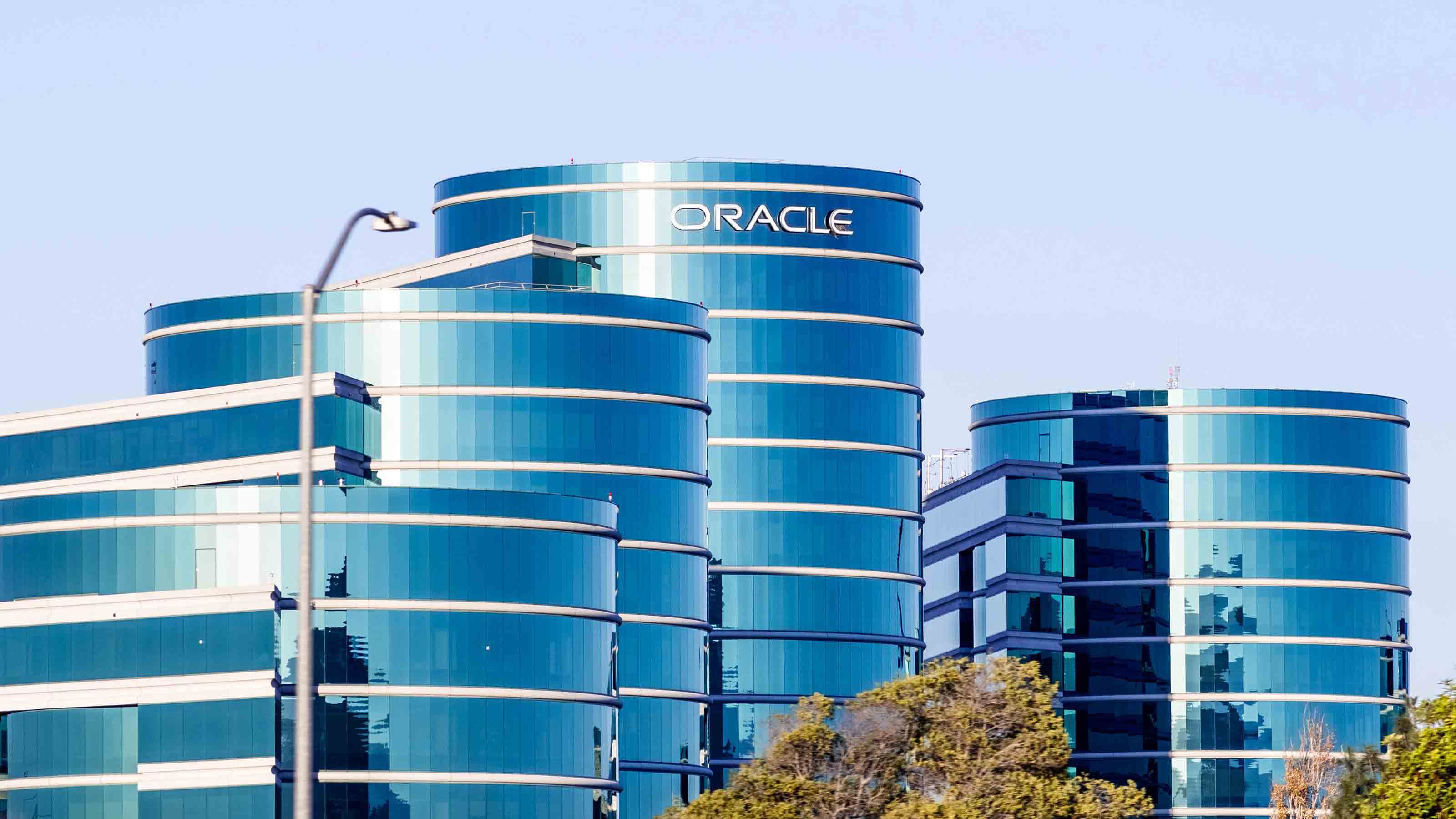
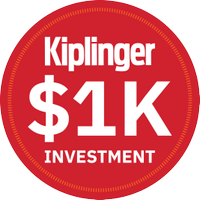 If You'd Put $1,000 Into Oracle Stock 20 Years Ago, Here's What You'd Have Today
If You'd Put $1,000 Into Oracle Stock 20 Years Ago, Here's What You'd Have TodayORCL Oracle stock has been an outstanding buy-and-hold bet for decades.
-
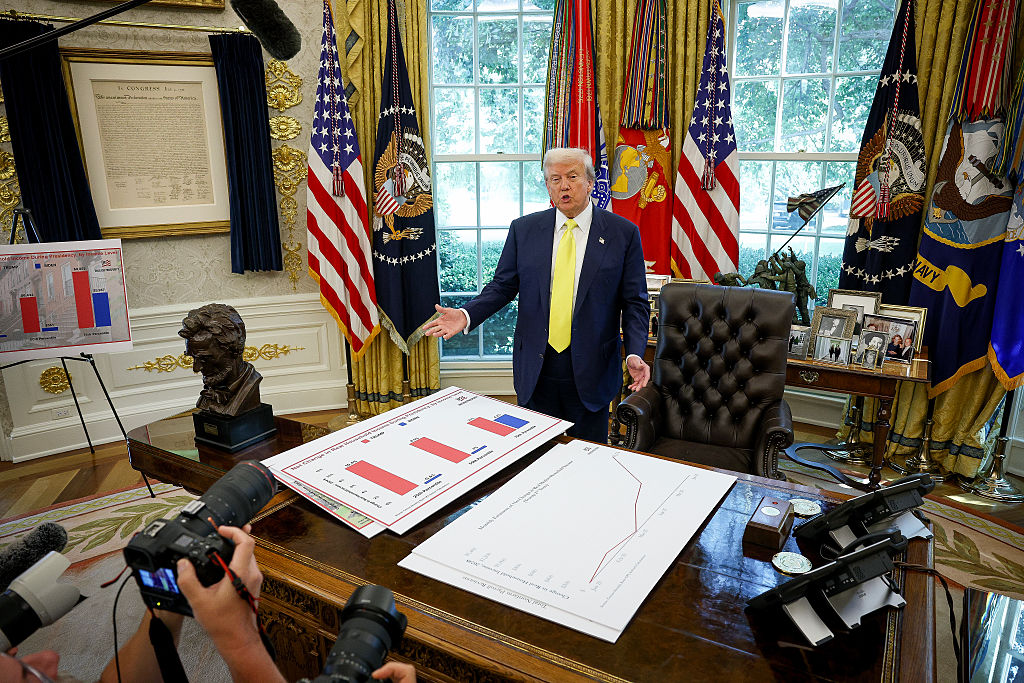 How to Invest for Rising Data Integrity Risk
How to Invest for Rising Data Integrity RiskAmid a broad assault on venerable institutions, President Trump has targeted agencies responsible for data critical to markets. How should investors respond?
-
 If You'd Put $1,000 Into Sherwin-Williams Stock 20 Years Ago, Here's What You'd Have Today
If You'd Put $1,000 Into Sherwin-Williams Stock 20 Years Ago, Here's What You'd Have TodaySherwin-Williams stock has clobbered the broader market by a wide margin for a long time.